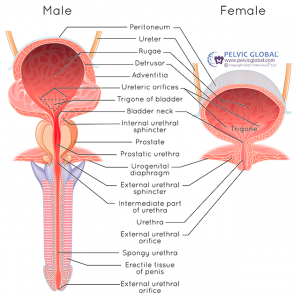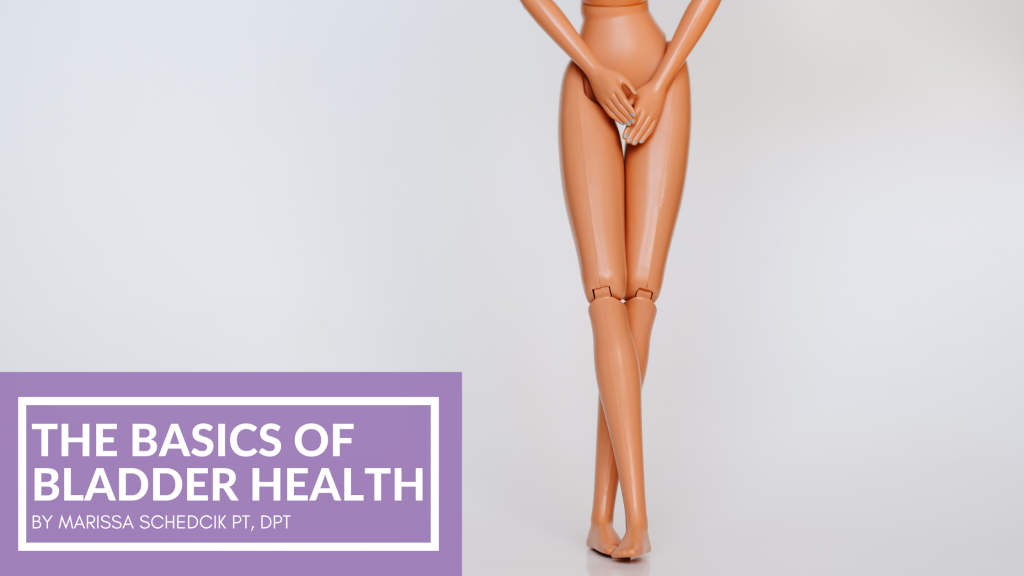Honestly, I know you have heard this before from your primary physician or someone similar: “You need to be drinking 64 oz of water every day.” It is a cover blanket statement that allows health care professionals to check the box off for educating the patient. But why is approximately 64 ounces of water daily so important? And why don’t health care professionals harp on this more when so many patients tell them that they are not consuming the recommended amount of water on a regular basis?
Obviously, water consumption is very, very important for basic functioning of the human body. It keeps our skin supple, maintains joint lubrication, assists with production of bodily fluids such as mucus and so much more. For the sake of keeping this post short, I will narrow down why water is so important for success with pelvic floor physical therapy.
Water can actually help to decrease frequency issues (going to the bathroom an unusual amount). I know this sounds backwards, but stay with me here. Our bladder is capable of holding more than we give it credit for (varies between 500-700cc which is close to one water bottle). It likes to be filled with neutral solutions such as water, not acidic solutions like tea, juice, soda, coffee, etc. Now, I drink coffee once a day, so I am not looking for my patients to give up everything. However, I do ask them to consume at least 4-5 water bottles a day along with their other beverages of choice. The other beverages do not make up for the recommended 64oz of water a day, so drinking one bottle of Coke along with 3 bottles of water isn’t going to cut it. However, a patient can drink 4-5 bottles of water along with 1 bottle of Coke. I also suggest to my patients trying what I call the “water sandwich.” A lot of people experience increased leakage, urgency or frequency because they drink acidic beverages on an empty bladder. By drinking at least 4oz of water before and after the beverage, this creates a “sandwich” which dilutes the acidic solution, causing less bladder irritation.
Hemorrhoids, constipation, fissures, hard stool, incomplete emptying, straining. These could all be caused by not drinking enough water. Many patients have reported to me that they don’t drink enough water, and then they tell me later in the evaluation that their stools are very hard, pebble-like or difficult to pass. By adding water, stool motility can be improved which could lead to regular bowel movements, soft stool and decreased straining when having a bowel movement. It’s also important to note that a lot of the water we consume on a daily basis does not contain the minerals and electrolytes that our body needs. So a patient could be drinking more water and not seeing any difference as the minerals and electrolytes that help with flushing out waste are not included. Personally, I use the brand Trace Minerals and add a couple of drops to my water every day to maintain proper hydration. There are plenty of other brands that can be added to your water, so I recommend looking on Amazon to investigate further.
Simply put, urgency, frequency, urinary leakage or constipation could be due to lack of proper water consumption. It also could be a combination of other factors, so it is important to visit with a pelvic floor PT to further assess any other impairments that might be causing pelvic floor dysfunction. However, a simple fix such as increasing your daily water intake could truly change your life for the better!

Image used with permission from Pelvic Guru®, LLC www.pelvicglobal.com


